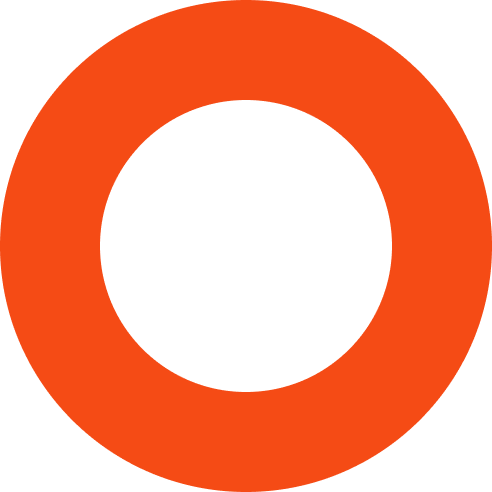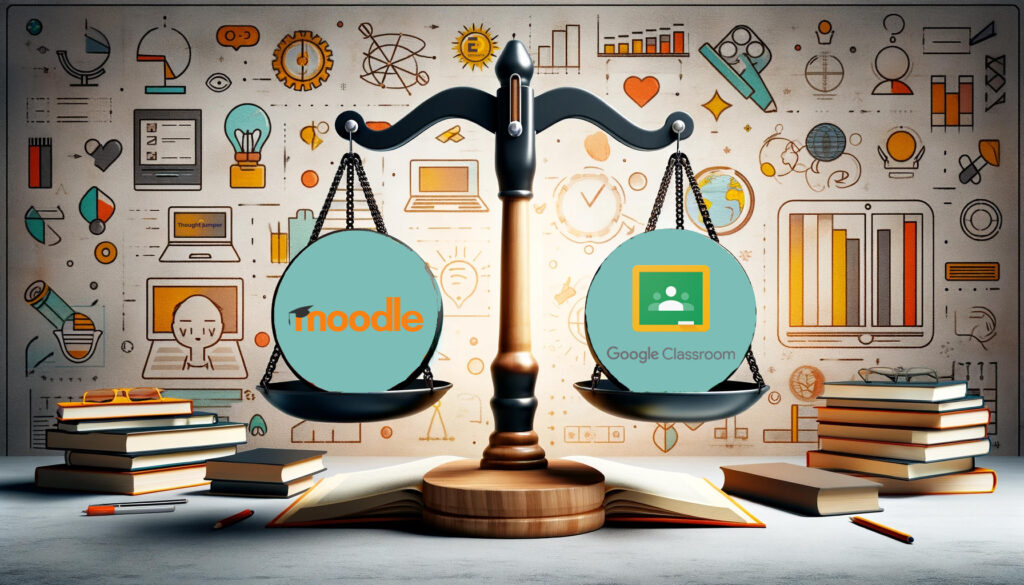LMS data migration made easy
How to build an efficient development plan for your workforce
Migrating from one learning management system (LMS) to another can be challenging for many organizations. Several recent research reports on the topic of LMS data migration state that this continues to be one of the major pain points when it comes to switching systems, and is a reason often cited for not migrating. Often, frustrated LMS customers feel that it is too difficult or expensive to make the switch.
However, with careful planning and the right approach, it is possible to manage this process pain free to help LMS customers get the results they seek. We have created this guide to walk you through the process, making the move significantly easier and minimizing the risk of nasty surprises. We have broken this challenge into seven key steps to make it as straightforward as possible for you to move from your current platform to Totara.
1. The most common issues
When a customer wants to leave one LMS and move to another system, the contracts often state that the customer will “receive the data files.” Unless you are a database administrator or have the ability to read the data and understand the tables and fields, it will require a great deal of effort to make sense of the data.
Data Mapping
When moving from one LMS to another, the table structures, names and table logic will be different, so data mapping is an important initial step in the migration process. This is usually left to database experts who can help quickly determine the structure and where the important information is located.
Time to migrate
Normally, data mapping and migration to a new system takes from 2-9 months. While this may sound like a long time, the majority of this period involves the customer making decisions and completing data cleanup activities. Guidance from an expert Totara Partner can assist in making this process more efficient, shortening the migration time from most other leading enterprise LMSs (and for mapping others.)
2. LMS Migrations are like moving households
Taking a step back for a moment, a great analogy for an LMS migration is moving house. There are some striking similarities between the two which offers a more tangible way to think about the LMS migration process.
Move what you really need
This may sound obvious, but often time runs out and the tendency is to move everything and do limited cleanup, intending to sort it in its new location. At first, this may seem like a sensible approach, but just like moving to a new house, the upfront effort before the move will pay significant dividends in the long run.- A clear strategy and vision
Clean now, not after the move
Of all the possible tasks in the moving process, this is the one that will give you the maximum return on your time. Once you have your data out of your existing system, data cleanup and organization can be significantly easier during the transformation phase rather than when it’s been imported into the new LMS.
Going back to the moving house analogy, if you were to spread out all of your belongings on a large warehouse floor, then organize and decide what to get rid of first, it is easy to see how much more efficient your packing and organizing for the move would be.
The same is true when it comes to learning systems data. Taking the time to sort it out upfront will reveal course duplicates, bad descriptions, courses which are no longer used and plenty of inaccurate and outdated information, showing you what needs to be discarded or sorted out before you move anything.
3. What to take & cleaning your data
This is an important executive decision, so you need to ensure you give your executives good, sound options.to ensure you give your executives good, sound options.
How much data needs to be moved?
The first response from some leaders will be “We need it all moved,” so this is when you need to ask for specific details for clarification before you do anything. For example:
- Do we need to transfer information from the since-retired employees from the company we acquired in 2005?
- Do we need to bring over courses that we stopped using 15 years ago?
- What about courses not used for the past five years?
By questioning the value of some of the very old data, these hesitant leaders will start to realize that you don’t need to bring over everything. Then, you should decide what to bring over from the old system and document this decision for future reference.
Why clean in advance
Frequently, companies run out of time and energy to do any data cleaning in advance of the migration, but in our experience, companies have found that spending $1 on data cleanup prior to the migration will save $16-$25 after the migration in an operating system.
This cleaning activity will also have a huge impact for the users when they try to search and use the new system. The look of the new system materials can have a great “first look” impact, and will help in your users’ ease of use and acceptance of the new system.
Focus on cleaning up the redundant, outdated and inactive courses, old curricula and outdated certifications. As well as this, make an effort to clean up course descriptions and reassess where they should fit in your course catalog.
The ideal goal is to have all your courses look like the same person created and described them; not having confusing descriptions and outdated information. This new look should be part of an updated governance guideline.
4. Data Content & Movement
For example:
- Training facilities
- Learning by delivery method
- Registration information
- Completion information
- User information
By breaking the information into coherent categories and “segments,” you are actually getting ready for the data migration. You are also checking once again whether or not each piece of data really needs yo be moved in the first place.
Not all of us will admit we are data hoarders, but we all get a little paranoid after losing files, so don’t be surprised when one of your stakeholders challenges your plan not to bring all if your old data over. This is another reason why you need a plan to archive the old learning system data.
5. Layer cake
Why this point, you should have all your data broken into smaller segments, cleaned up and ready to be placed in your new LMS, right? Well, not so fat. Going back to the moving house analogy, you will need a finished house ready to move into. And the way that new home is constructed is very similar t the way you have to think about getting your data into the new LMS.
You can’t plug a new appliance into the wall until you have a plug socket. You don’t have a plug socket until you have wiring installed behind the wall. You don’t have electricity in the wires until they are all connected into the circuit panel… you get the idea. So, as with moving into a new house, there is a rational layering approach we must take when data is migrated into a new LMS.
Each learning system has a logical flow to get data in. many systems have automated import functions and some may be manual steps that an administrator must complete. In the layering of data, think about how you would manually create a new course or curriculum, and you will understand the sequence that will need to take place to get the data into the system. For instance, you can’t give a person curriculum certification unless the curriculum is in the system.
There is a logical order in which to start importing data to the new LMS:
- Base information
- Course information
- Curricula and certifications
- Course offering and structure
- Learner Data
- Manager Data
- Completion information
- Forward looking information, e.g. registrations for future courses
Most companies forget to ask migration timing questions when they obtain a new LMS, and learn the hard way during the implementation process. Totara is designed to make migration easy, and choosing the right migration expert who understands how to insert existing data in an automated approach will make it even easier.
6. Big Bang or Delta Migration
Another critical decision point deals with how you want to go live with your new system and how much time you can afford to be without your LMS. If the system can only be down for a weekend or could be down for an entire week, there are different migration options available.
There are many different approaches for getting your new system in place, but it essentially comes down to two options:
1. The big Bang
This migration approach is where you stop an old system one day and the net day, the new system is up and running.
2. Delta Migrations
This migrations approach is where there can be groups within an organization that move first, and then eventually the whole organization is using the new system. Normally both the old and new system are available in parallel, and the delta migration option has many different variations.
7. Selecting a Migration Source
All of these considerations might appear daunting, but if you select a team with experience in LMS migrations, you will be quickly guided through these steps. It will still require committed resources on the customer side to make decisions and to understand what is best for each company.
We are fortunate enough to have a large number of experts in our team who can support your migrations needs and answer any questions you may have. Working with experts that not only understand the new LMS and its capabilities but also understand the how data should be cleansed, mapped and efficiently migrated will hep ensure your new system not only looks great, but also has all the existing data in the right place and ready to use. Speak with our Customer Success Team Today!

Latest Case Studies
Customer Success Stories

Totara Learn Brings Enthusiasm and Innovation Multi-Device Learning at Alembic

Edvanta helps Pearson HigherEd develop an Innovative Learner Journey Framework for their Programs

Empowering Gandhi Fellowship Program by Piramal Foundation Using Totara Learn based Mobile APP
Latest Blog Articles
Insight and Ideas




